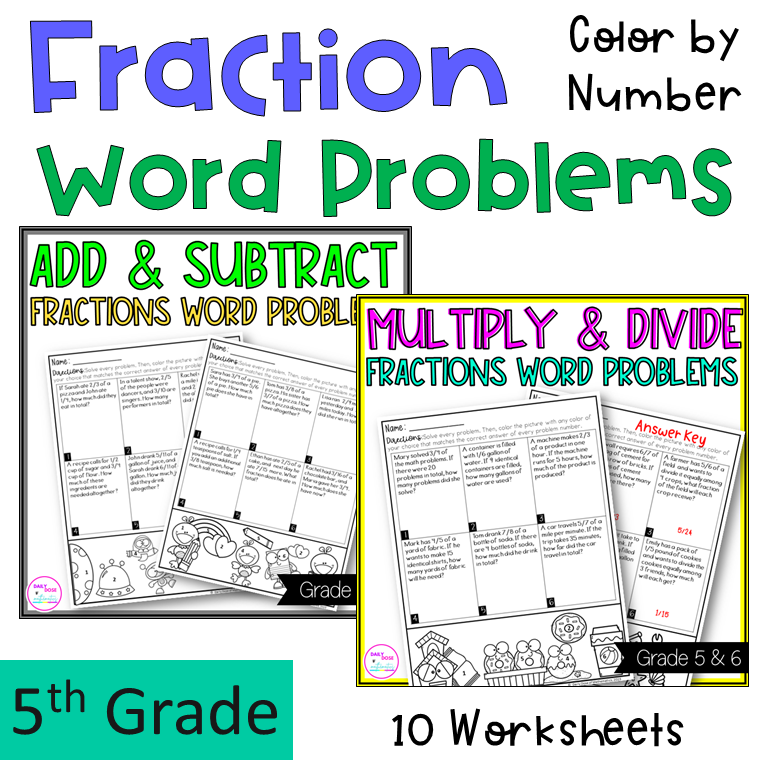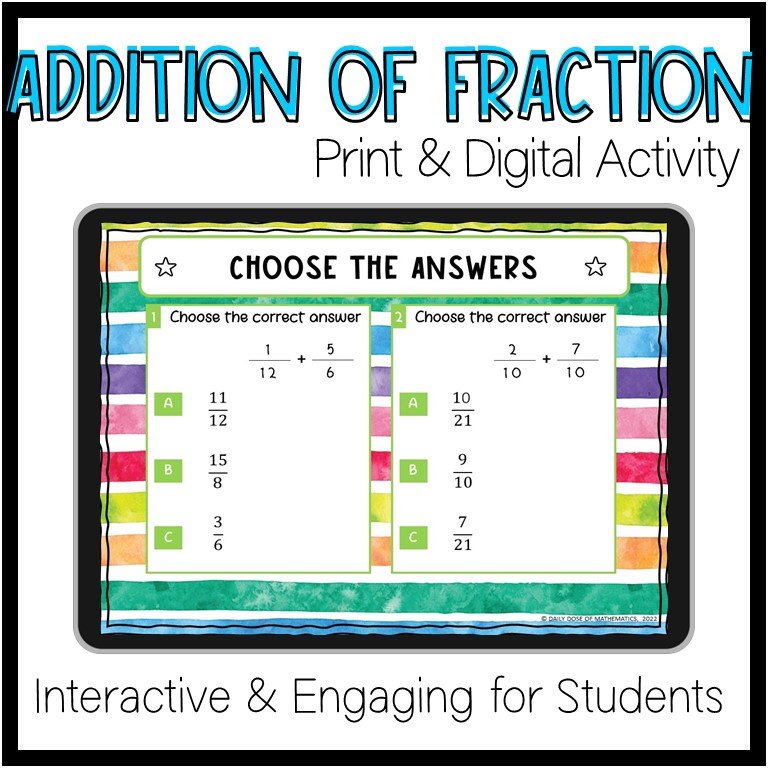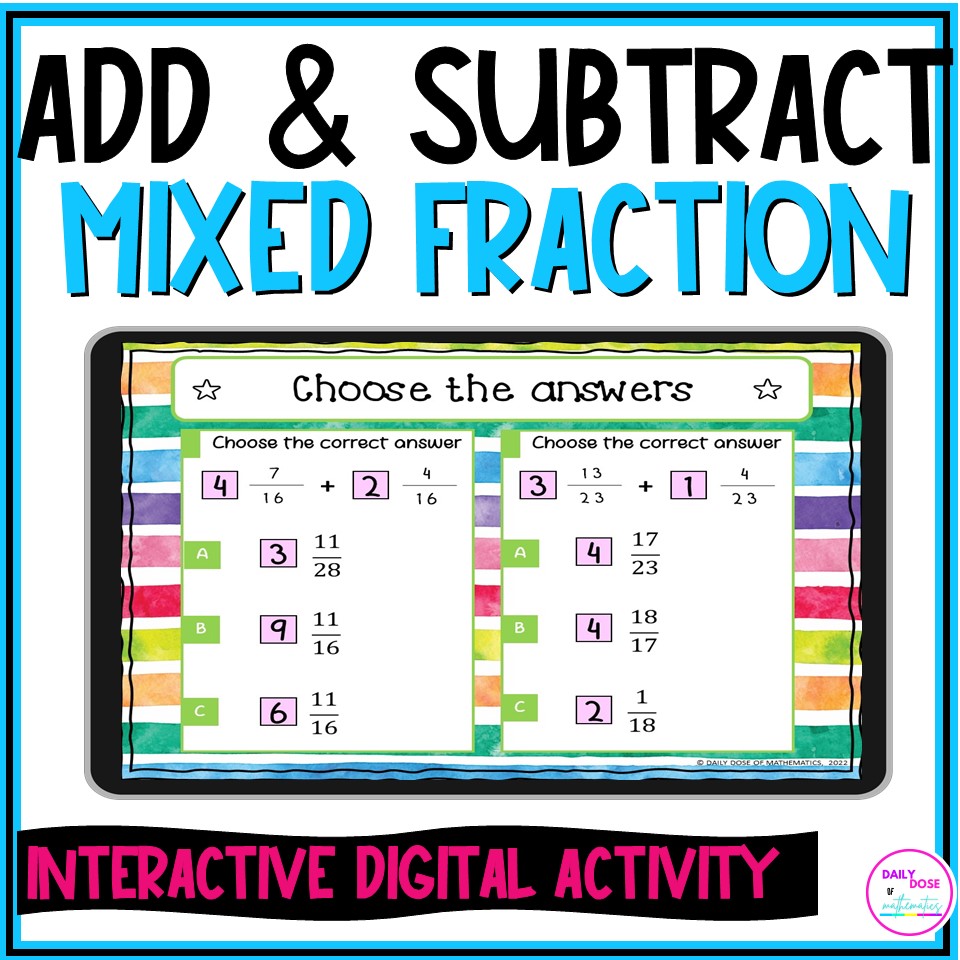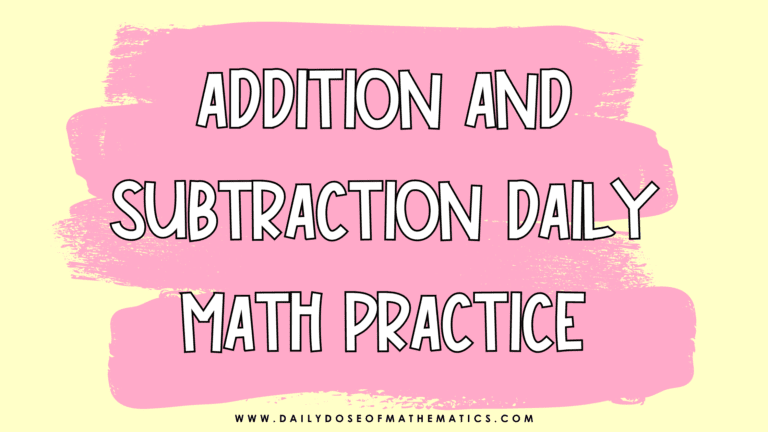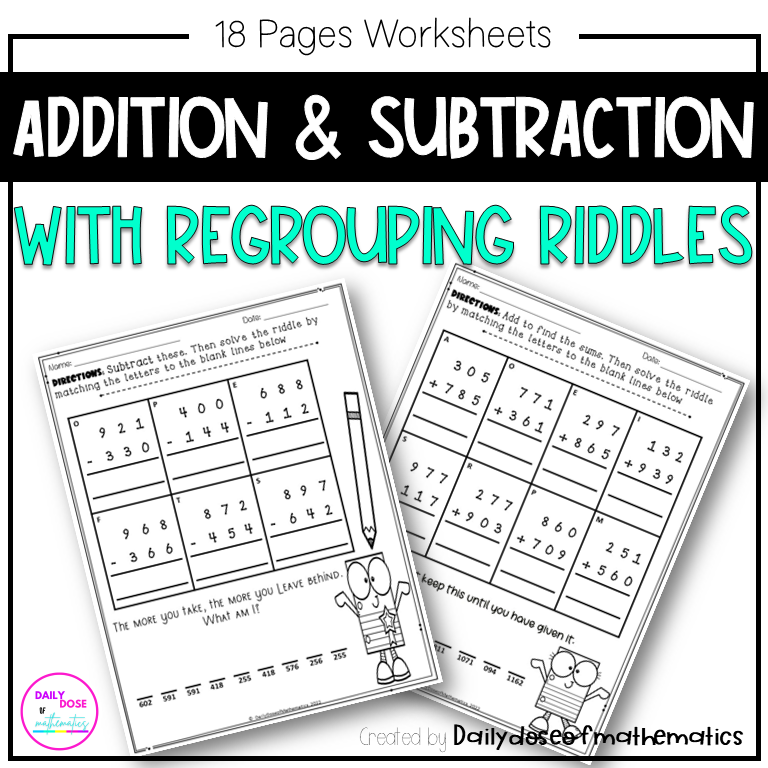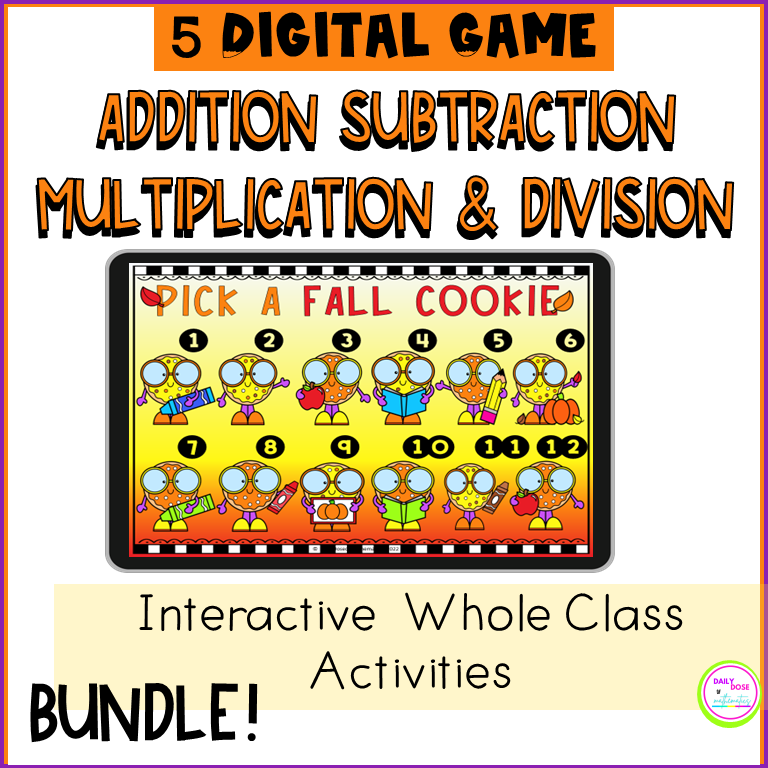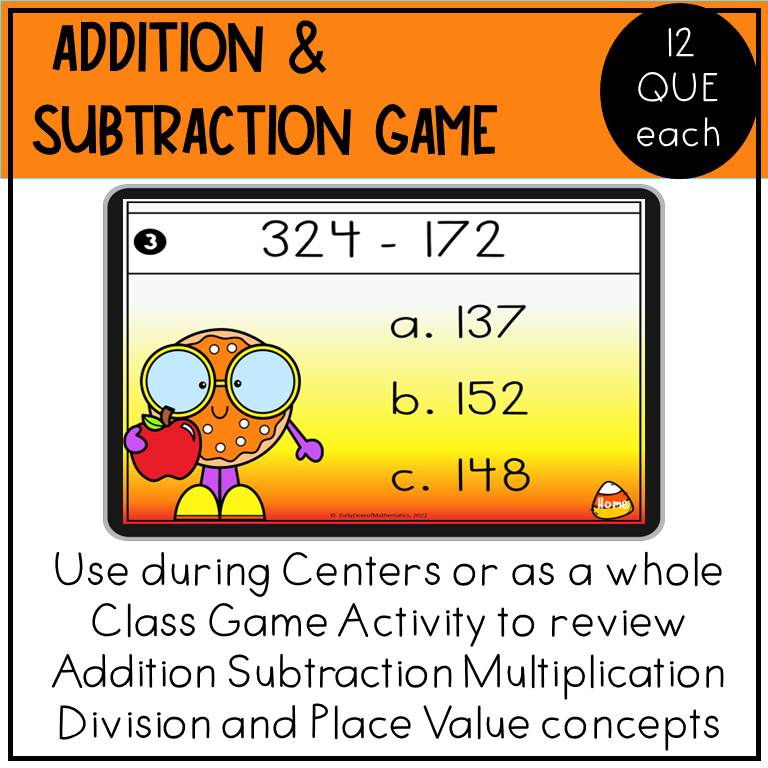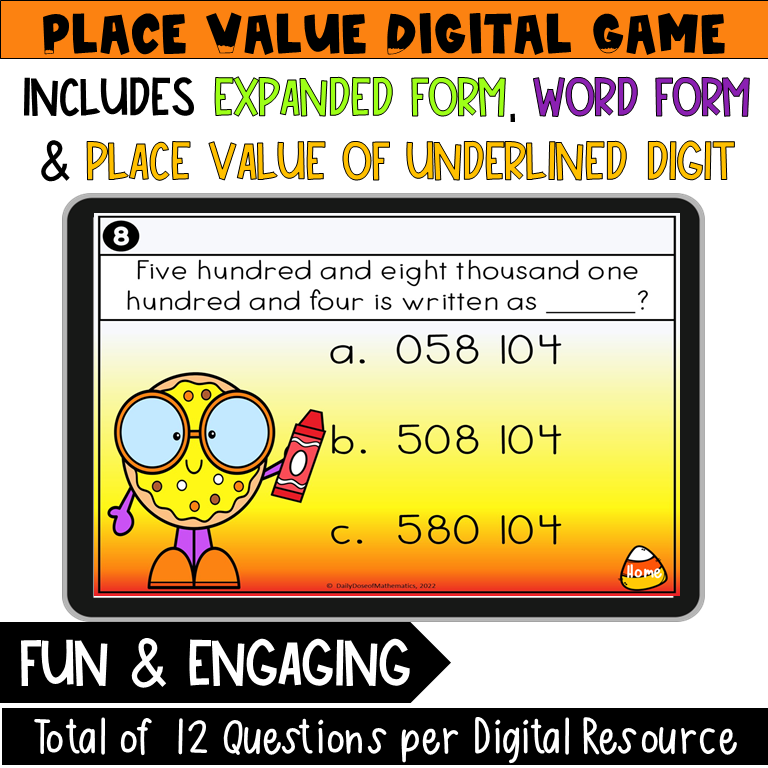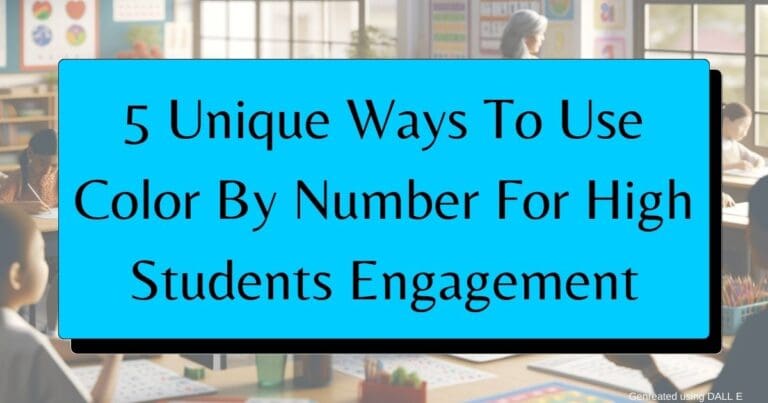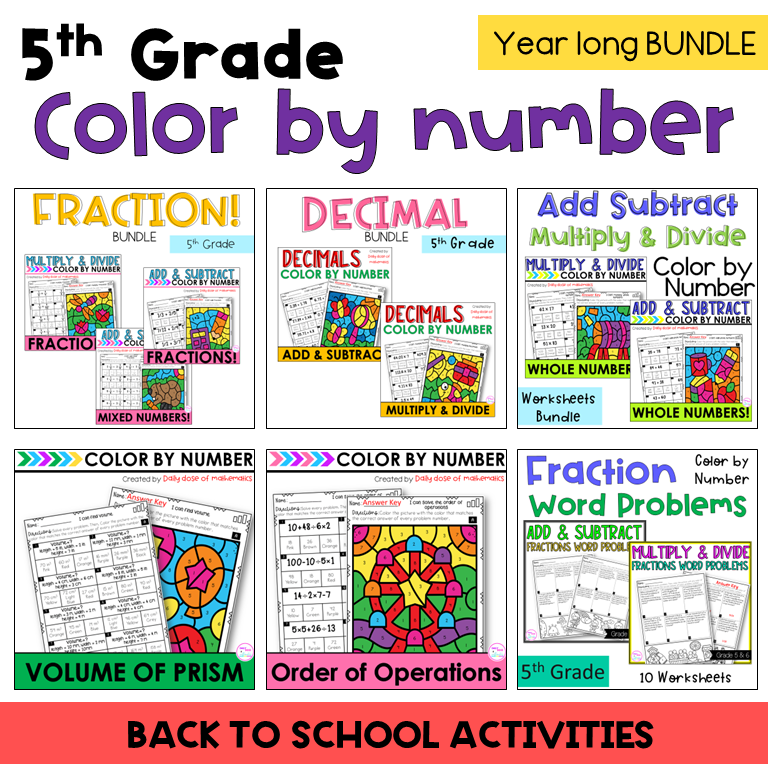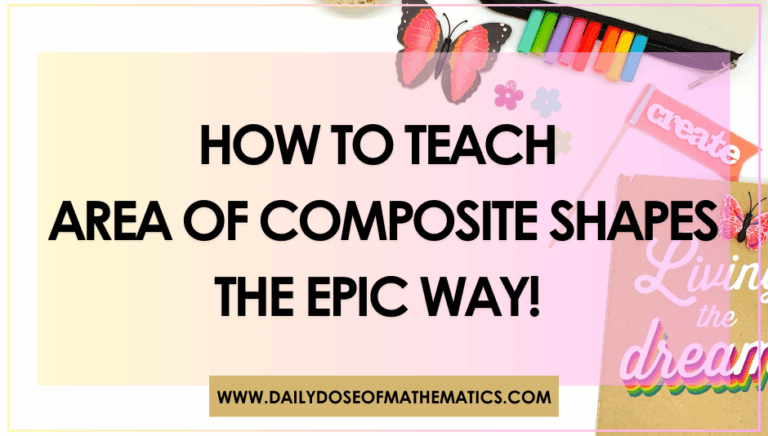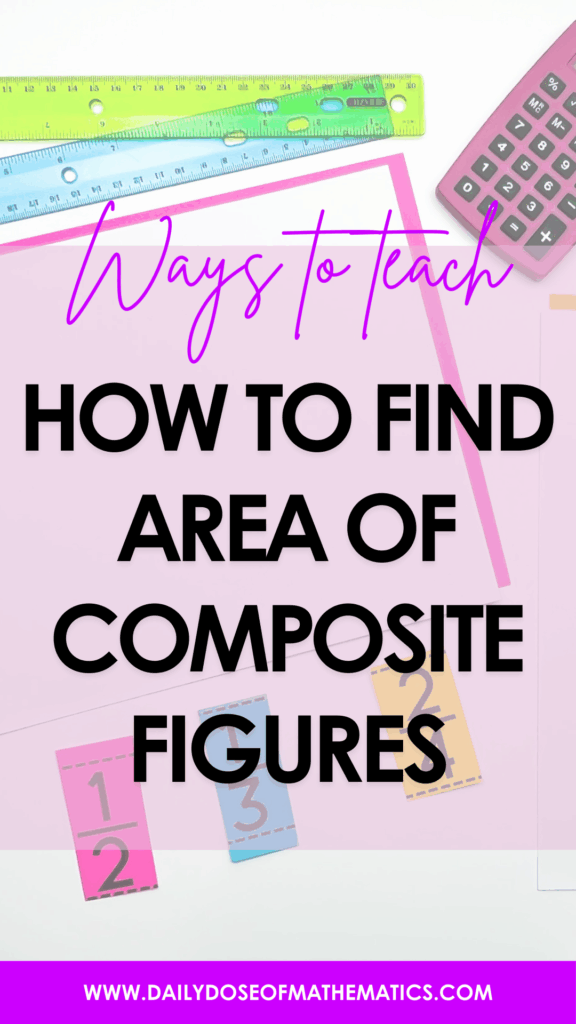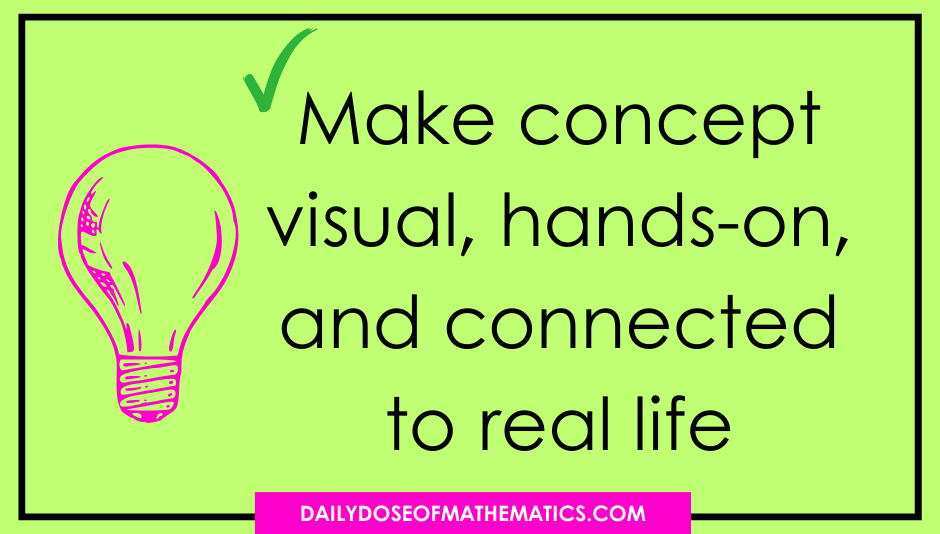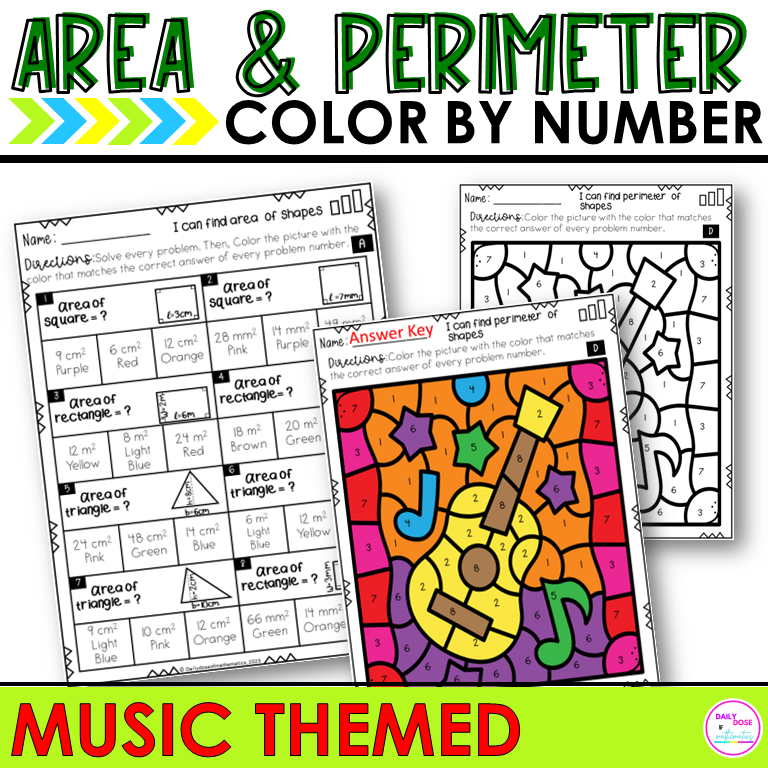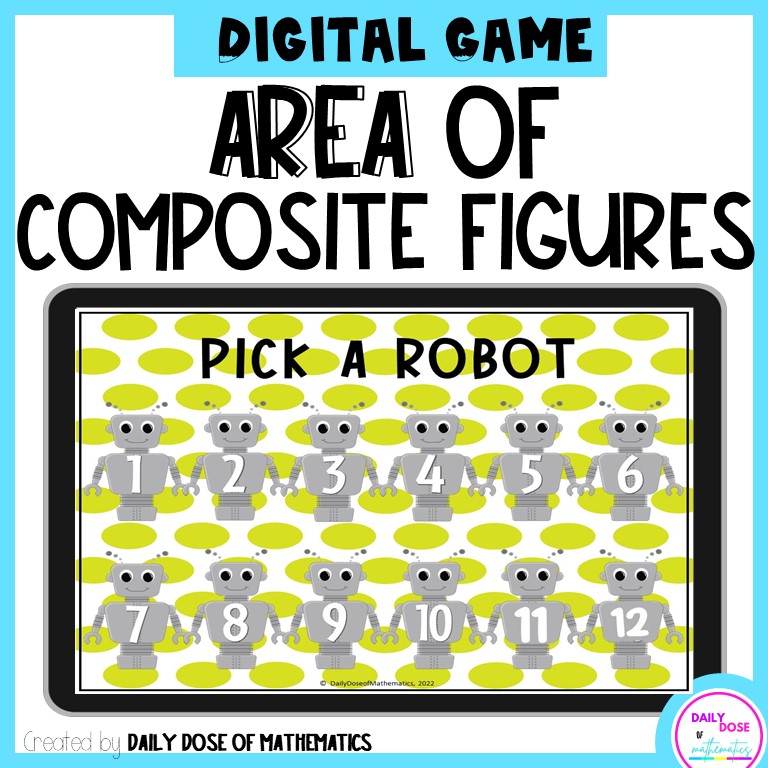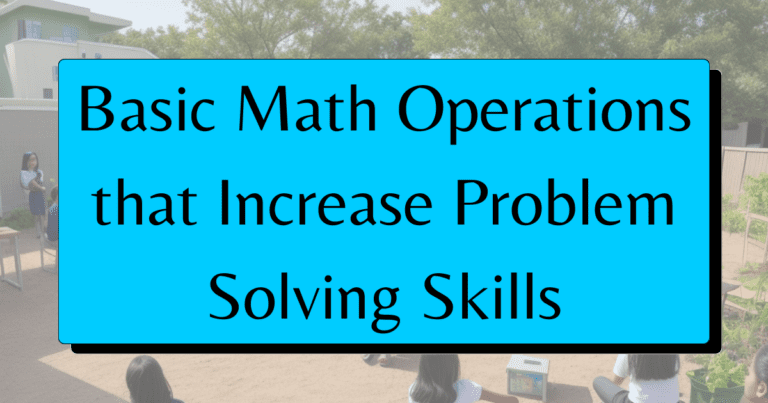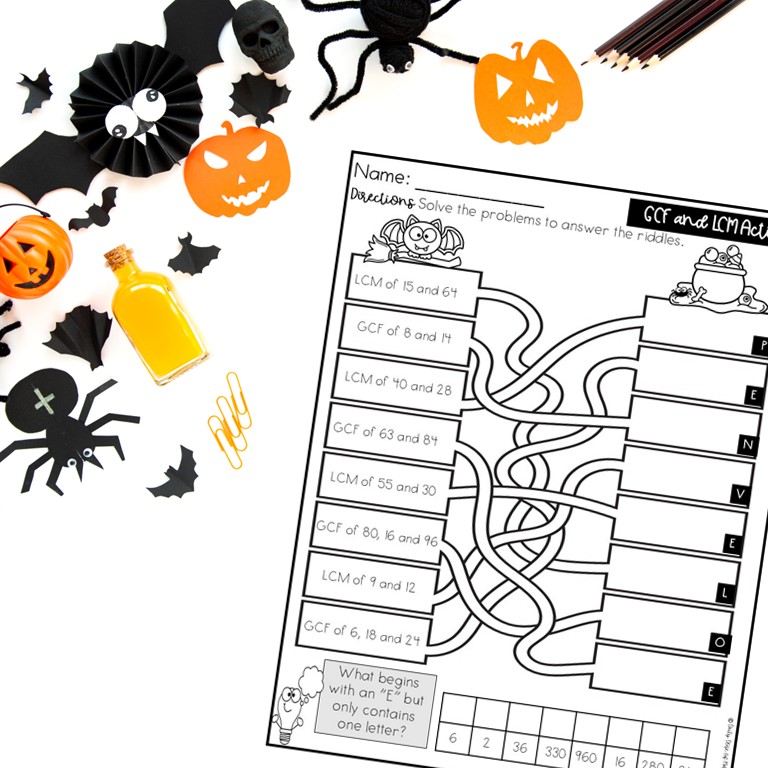Fraction Operations: 3 Creative Ways on how to make Kids Master Fractions
Fractions operations are hard concepts to learn for many kids. Most of my 5th grade students struggle to understand even the basis of what a fraction or a number in a/b form actually means.
This idea is not just a problem for upper elementary students but for middle school kids too. Just ask your middle school students to cut a circle in 6 parts and see the results they produce.
It might look something like this:
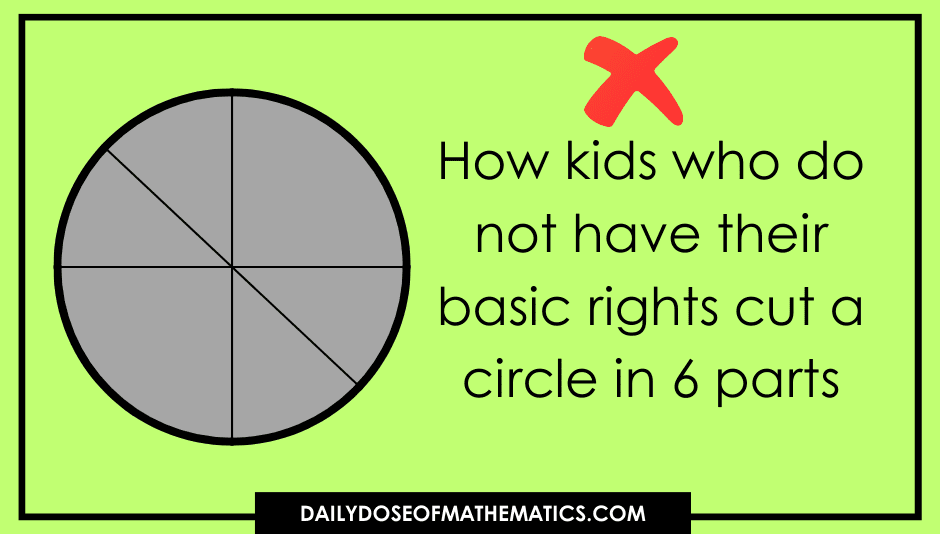
Now the problem is not that these kids do not know how to add subtract multiply or divide fractions. Because all these fraction operations can be understood and practice by simply repeating the exact same steps they need to perform to get the answer.
Instead the problem is their ability to apply and analyze conceptual parts of fractions, so instead of focusing on the simplification side of the concept what you actually need to focus more on is the conceptual side of the topic that is its application and making kids able to analyze and evaluate their learning.
To understand it better lets discuss why our students struggle to grasp this important concept and how we can help them.
Why students struggle with fraction operations
Many students struggle with the conceptual understanding and just learn to find answers using “tricks” like keep, change, flip for fraction division. These kids are the ones that when asked to solve a real life problem like this one:
Sara has 3/4 of a cake remaining , and she wants to share it equally among herself and her two friends. What fraction of the cake will each person get?
Question
are not able to make sense of it. The mere learning of short tricks can not help them master this crucial skill. What we as a teacher need to do is create a smooth and seamless integration of all the previous concepts learned with the new ideas to make it easier for kids to connect the dots.
Students need to build upon their prior knowledge of whole numbers and their operations and get comfortable with understand what the “a“ and “b” in a/b form actually tells them about the problem at hand.
Which means they not only need to know how much of something is being added (which is the numerator part of fraction) but also what is being added that is the denominator part of the fraction.
Making them understand fractions from bottom up is the key. What does the denominator and the numerators actually tells.
For example let’s say kids have to add 2/5 + 1/5:
Here, the ‘2’ and ‘1’ (numerators) tell us ‘how much‘ of something we have, like two pieces of pizza. The ‘5’ (denominator) tells us into ‘how many parts‘ something is divided, like cutting a pizza into 5 slices. So, when adding 2/5 and 1/5, we’re combining parts of the same whole (like adding two slices to one slice of the same pizza, making it 3/5 of the pizza).
Understanding both parts of a fraction helps kids grasp what they’re working with, making fractions less intimidating. Once kids know the basis they will be able to solve more complex problems on their own.
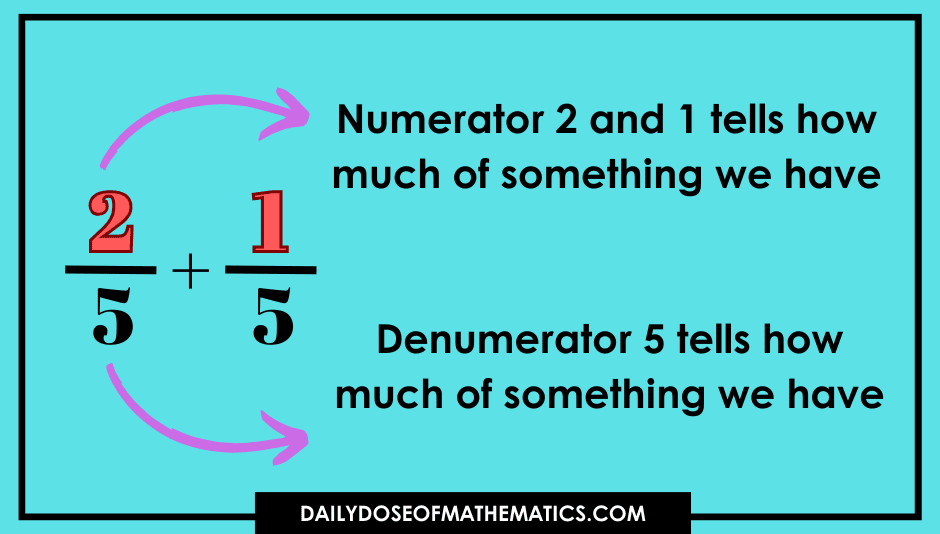
Activities to make their learning addition and subtraction of fraction operations easier
Not all kids learn the same way. Some are visual learners , some like to explore and ask questions to better understand the concept and as a teacher our job is to understand what our kids understanding is of the topic is how to get hem to become better at it. The best worksheets on addition and subtraction of fractions are the ones with real world problems or activities. Let’s learn more about this:
1. Visual Learning Through Baking and Cooking
Who does not like the smell of cookies baking in the oven. It turns your kitchen into a fun place to learn. Did you know that making food is a great way to understand fractions? Whether you’re measuring sugar or cutting a pizza, cooking is a yummy way to learn about parts of a whole.
Activity to Try: Start by making a simple recipe with your child, like cookies or pizza? This gives you an opportunity and fun time to talk about how fractions are used in cooking. For example, you can ask how much is half a cup of sugar? Or how do you cut a pizza so everyone gets an equal slice? In the end, you get to enjoy a tasty snack together!
What You’ll Learn: Cooking and baking make fractions easy to understand. It’s one thing to see numbers on paper. It’s another to see fractions come to life when you’re cooking. Seeing and touching the parts that make up a whole makes fractions clear and meaningful.
I think cooking is not just about making food. It’s a chance to see math in action. Next time you’re in the kitchen with your kids, think of it as a chance to explore fractions. It makes learning math not just useful but also delicious. So, grab an apron, and let’s make learning fractions as easy as pie!
2. Interactive Games and Activities
In this modern world where technology touches almost every part of our lives, learning has changed a lot after covid. For those of us who learn best by seeing and doing, the increase in online learning platform has opened doors to new possibilities. This is especially true when it comes to understanding fractions—a topic that many find tricky.
Digital Fraction addition and subtraction activity along with PDF worksheets: There are tons of digital activities out there designed to help with fractions. When choosing an activity, look for ones that are fun for your students and how they learn, give you feedback on how you’re doing, and let you keep track of your progress.
A great starter can be Addition and Subtraction of fractions with unlike denominator Color by number worksheets. These aren’t your typical math activities. Instead, they turn learning fractions into an interactive fun activity, making it something your kids will enjoy a lot.
3. Storytelling and Fraction Tales
Using storytelling to teach kids fraction and give them a taste of how math is applied in real world is what we all should be doing in our classrooms. You can introduced a story like “The tale of a bee lost in the forest” where Queen bee goes out in the wild and is lost and its the job of the kids to bring her back to her hive and the worker bees.

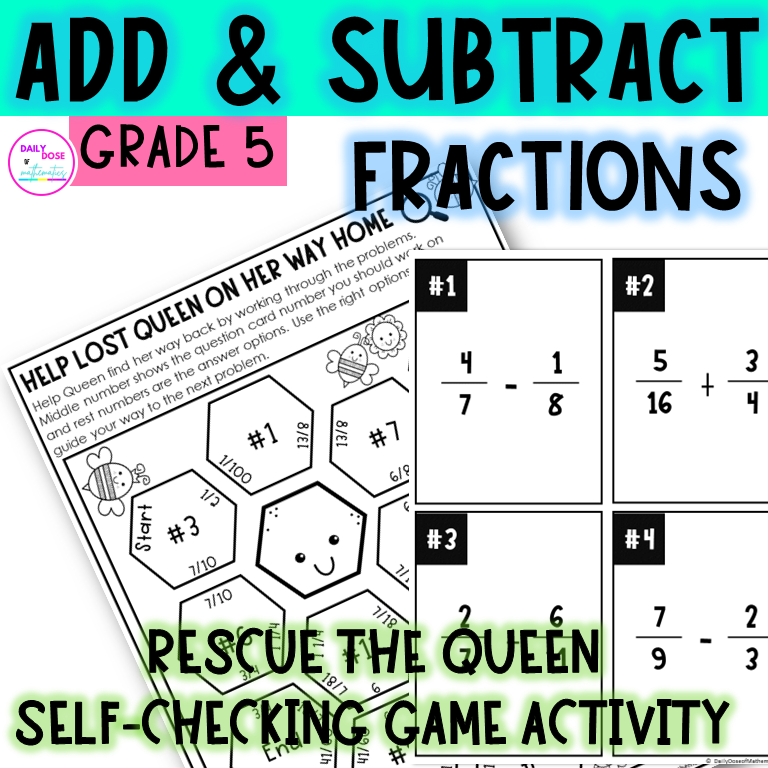
But their is a twist, your kids need to solve adding and subtraction fractions with unlike denominator problems to bring her back to her hive. This keep them engaged into meaningful learning.
Using storytelling like the above to teach kids addition subtraction multiplication and division of fractions and mixed numbers learning more memorable and meaningful. Children are able to connect with the idea on a deeper level that makes learning more enjoyable and fun
Additional Fun Resources
Looking for some resources that can be used for reviewing fraction operation with 5th grade students, check out the ones I have in my TPT shop.
Looking for some free adding and subtracting fractions practice coloring worksheets, Try the one below by signing up.


